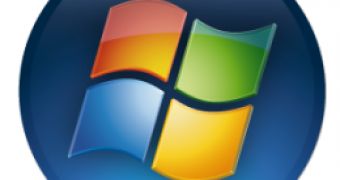In the Windows Vista vs. Windows 7 boot drag race, Microsoft proved the superior performance of the next iteration of the Windows client compared to its precursor. At the Windows hardware Engineering Conference this week, Jon DeVaan, Senior Vice President of the Core Operating System Division, together with Mike Angiulo, manager of the Planning and PC Ecosystem Team for Windows, revealed a comparison between Windows 7 and Windows Vista in terms of startup times. The conclusion was that Windows 7 managed to beat Vista by a few seconds in terms of startup performance.
DeVaan mentioned that one aspect of the evolution from Vista to Windows 7 was the introduction of a new mechanism designed to start services truly on demand. This improves not only the boot but also the shutdown performance for Windows 7. The evolution translates into the Trigger Start Services for Windows 7.
“Windows 7 supports the ability to start or stop a service when specific event triggers occur. These events include the first IP address arrival, the last IP address departure, the joining and disjoining of the system to a domain, the connection of a hardware device, and Group Policy changes. A service can be designed to start or stop whenever a particular trigger event occurs,” Microsoft revealed.
The Trigger Start Services feature is an integral part of a much larger evolution of the service control manager (SCM) in Windows 7. SCM in Windows 7 will reduce the number of services using Automatic Start which in its turn takes a load off RAM and I/O. In Windows 7, a service can be set to start or to stop on demand, while at the same time being capable of killing itself if idle.
“Service triggers help enable services to start based on infrequent events and scenarios. The benefits of service triggers include the following: improved system boot performance. The service does not use Automatic Start, which results in faster system startup; and improved system shutdown performance. The service is not started unless the service trigger occurs, which results in faster system shutdown,” Microsoft added.

 14 DAY TRIAL //
14 DAY TRIAL //